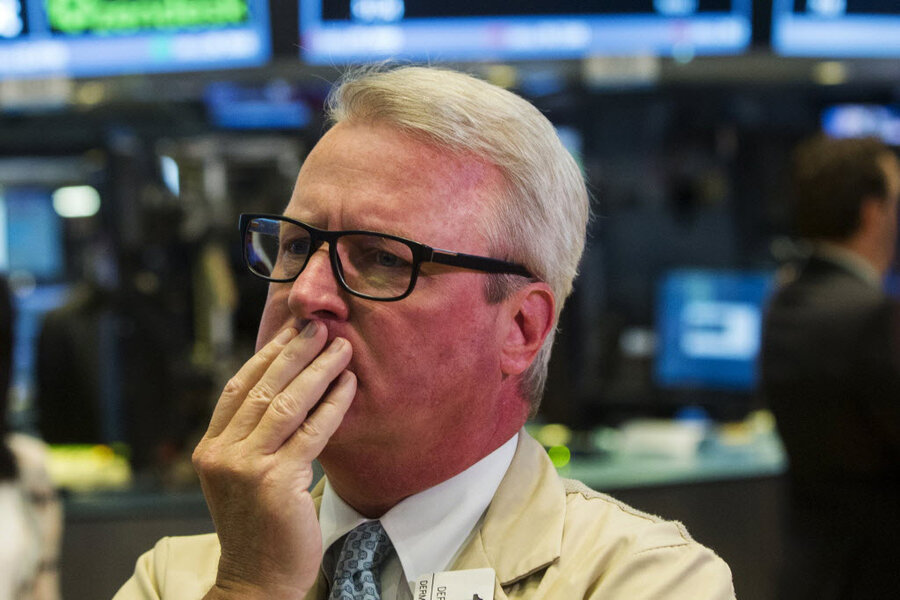NYSE, United Airlines, Wall Street Journal all suffer outages: Coincidence?
Debilitating technical problems experienced Wednesday morning by United Airlines, the New York Stock Exchange, and The Wall Street Journal website are not thought to be related to “nefarious” activity, says US Homeland Security Secretary Jeh Johnson.
United Airlines was the first to experience a glitch in technology. Around 8:30 a.m., all flights were grounded after a router issue degraded connectivity in the airline’s networks.
Later Wednesday morning, just as the airline was resolving the issue and bringing its systems back on-line, a technical problem halted trading on the New York Stock Exchange. The NYSE has stated that the issue is internal and is not the result of a security breach.
Just minutes later, NYSE trading came to a halt and The Wall Street Journal’s homepage experienced an outage. It is thought that the WSJ homepage may have crashed under intense traffic as a result of the NYSE news.
At press time, the WSJ homepage appears to be working again, and trading on the NYSE had just resumed.
The NYSE’s technical problem hasn't stopped trading of NYSE-listed shares, which continue to change hands on other exchanges.
As of 2 p.m., The Dow Jones industrial average and other indexes were trading at about where they were before the NYSE technical problem occurred. Major indexes continued to move as stocks were traded on other platforms such as the NASDAQ.
The glitch occurred when stocks were already down. Traders worried about China's failure to stop a steep drop in its own market, and were also monitoring a logjam in talks between Greece and its creditors.
The S&P 500 was down 22 points, or 1.1 percent, to 2,059. The Dow sank 166 points, or 1 percent, to 17,611, while the Nasdaq fell 59 points, or 1.2 percent, to 4,937.
Tom Caldwell, who runs an investment firm with stakes in several exchanges, told the AP he isn’t worried because there are around 60 exchanges and trading venues that can take orders when one goes down.
"It's disruptive, but not wildly disruptive," said Mr. Caldwell, chairman of Caldwell Securities. "You have so many competing exchanges."
This isn’t the first time trading exchanges have struggled with technical issues. In May 2010, the Dow Jones industrial average dropped hundreds of points in just minutes due to mass selling triggered by computerized trading programs. In March 2012, BATS Global Markets, a Kansas company offering stock trading services, canceled its own IPO after several technical glitches. And in 2013, trading in options in Chicago was brought to a halt when software problems caused an outage.
President Obama has been briefed on the NYSE halt, and the NYSE has been in close contact with the Department of Homeland Security, the Securities and Exchange Commission, and the Treasury Department.
White House spokesman Josh Earnest says that despite indications that this was not a cyber-breach, "The administration is keenly aware of the risk that exists in cyber space right now."
This report includes material from the Associated Press.









